Comparative Analysis of Five Change Management Models
VerifiedAdded on 2023/02/02
|11
|444
|47
Report
AI Summary
This report provides an in-depth analysis of five prominent change management models: ADKAR, Kotter's 8-Step, Lewin's Three-Step Model, McKinsey 7-S Framework, and the Kubler-Ross Change Curve. The report explores each model's core principles, methodologies, and practical applications within organizational contexts. It examines how these models address various aspects of change, from individual transitions to large-scale organizational transformations. The analysis includes a comparative overview, highlighting the strengths and weaknesses of each model, and offering insights into their suitability for different change scenarios. Furthermore, the report incorporates case study examples and discusses the importance of understanding and applying these models to mitigate resistance, ensure stakeholder buy-in, and ultimately achieve successful change implementation within organizations. The report also touches upon the key drivers of change, the challenges of growth, economic downturns, and the importance of organizational culture during change initiatives.
1 out of 11
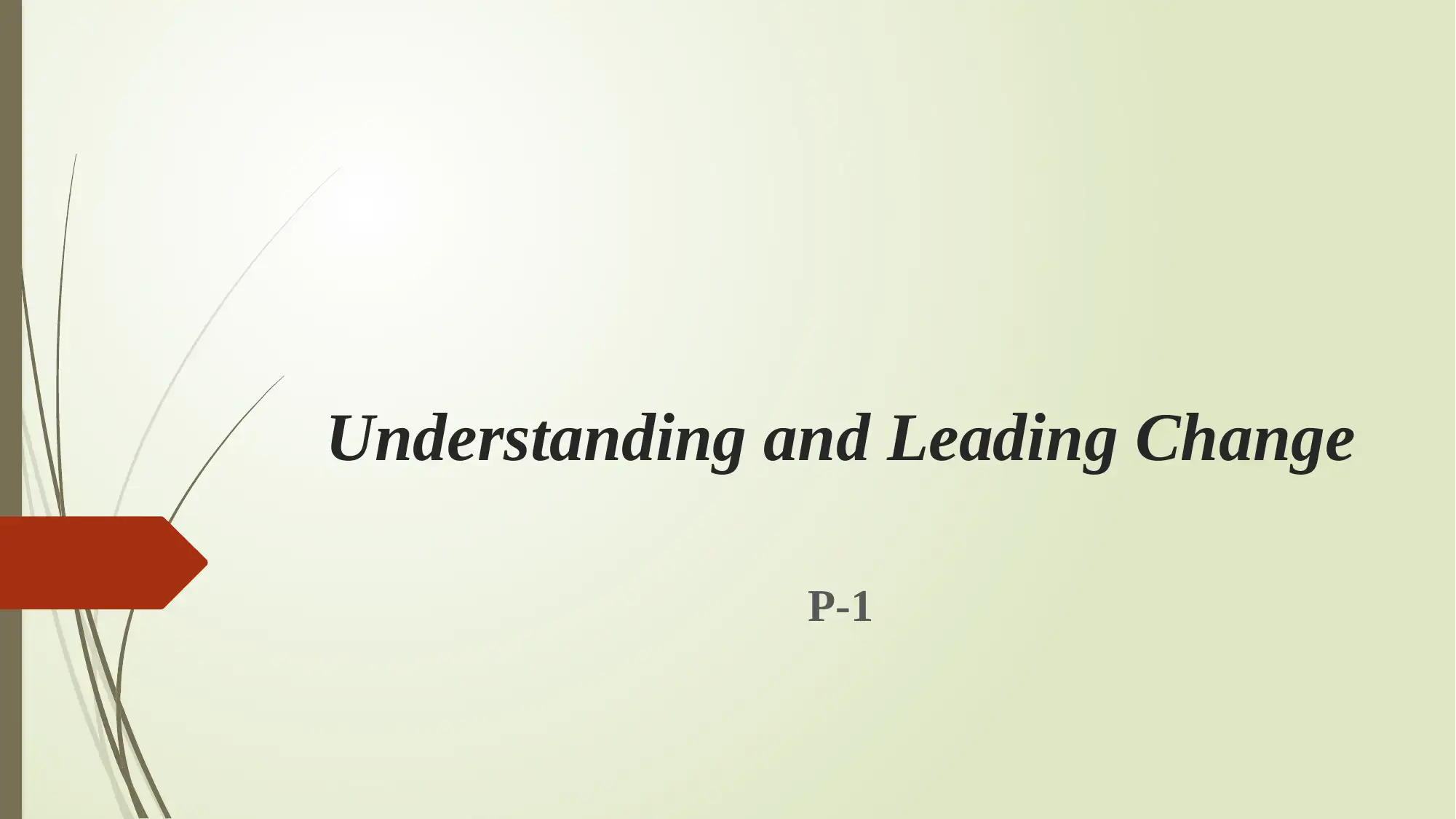

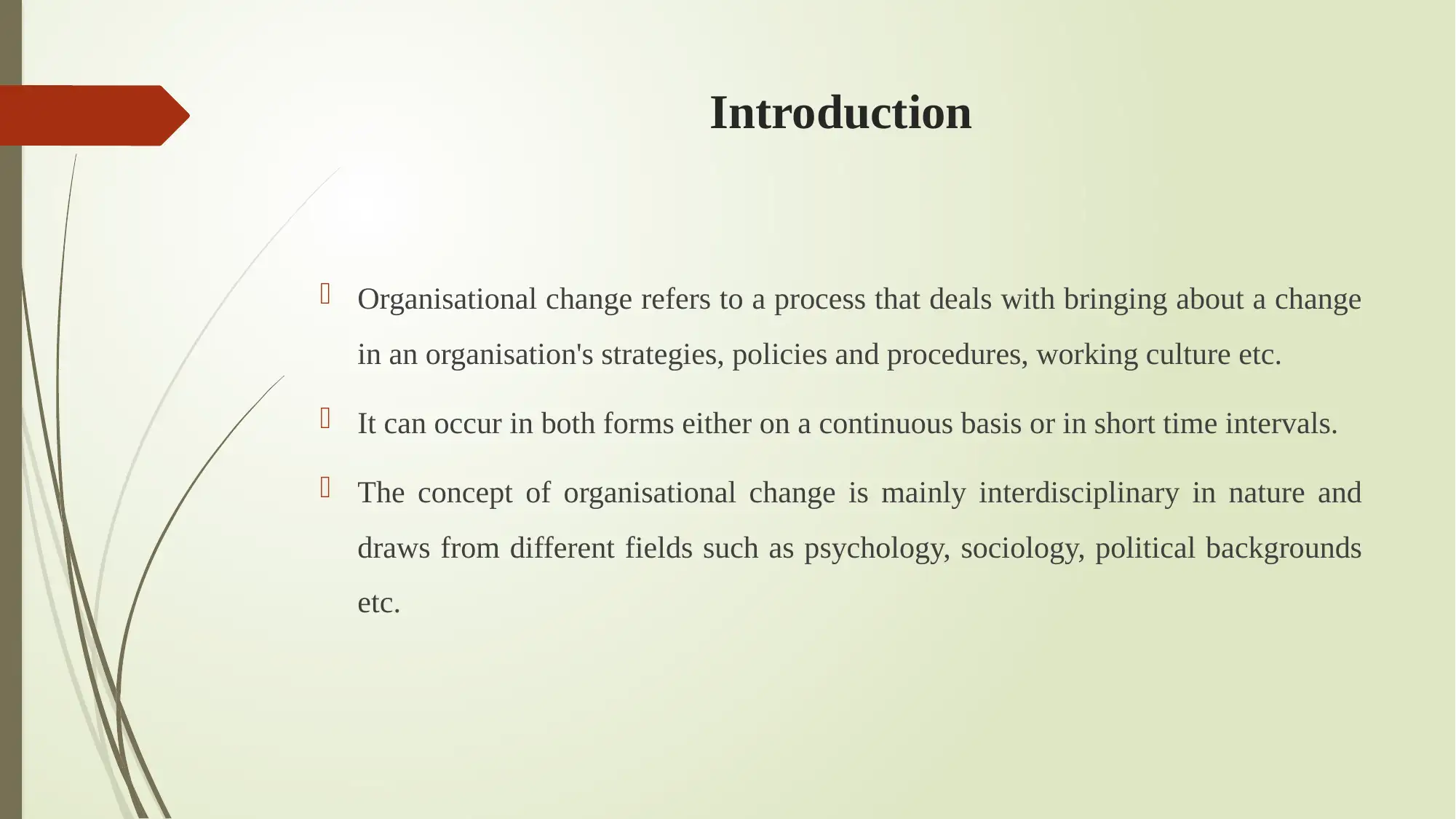

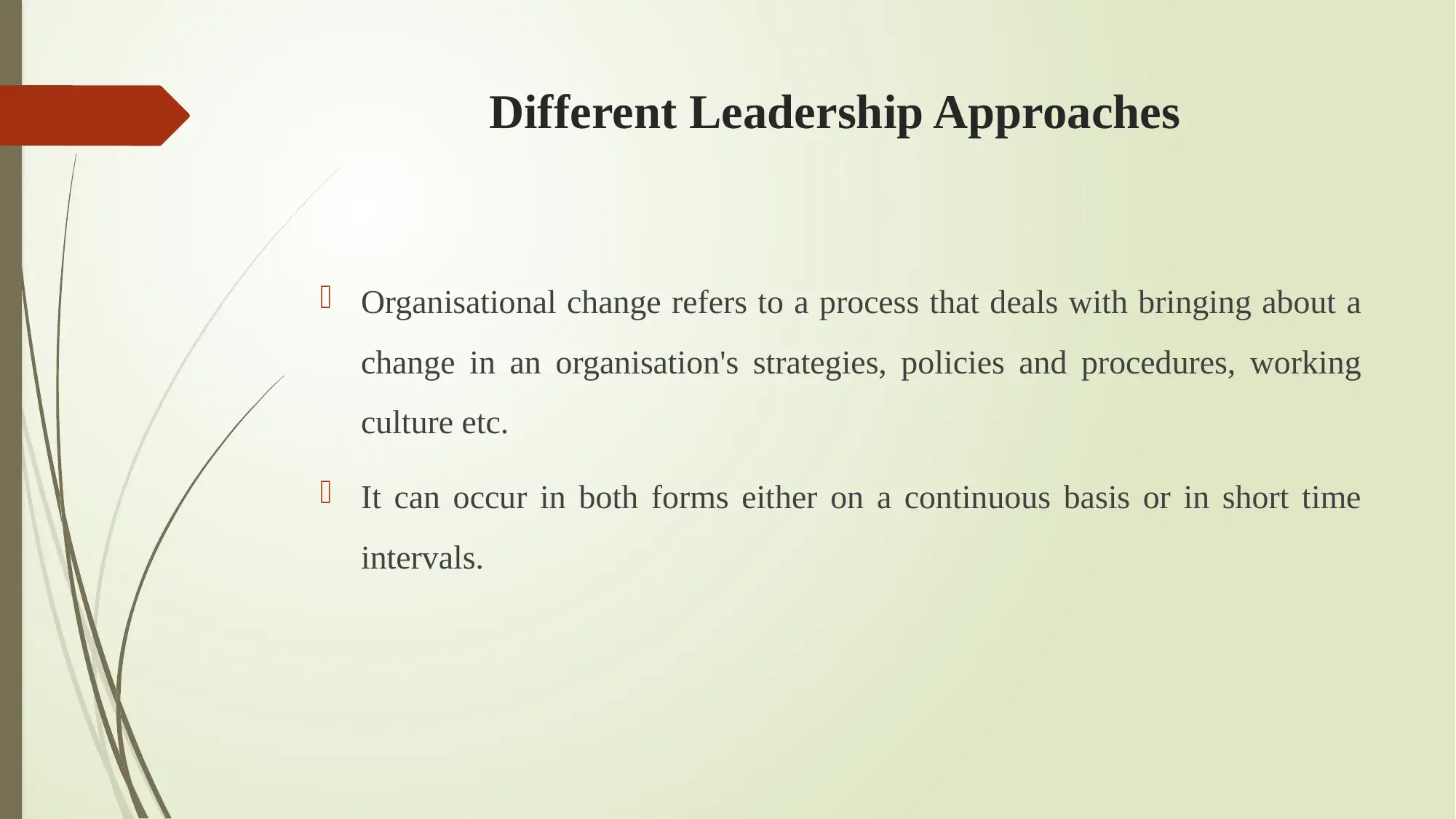
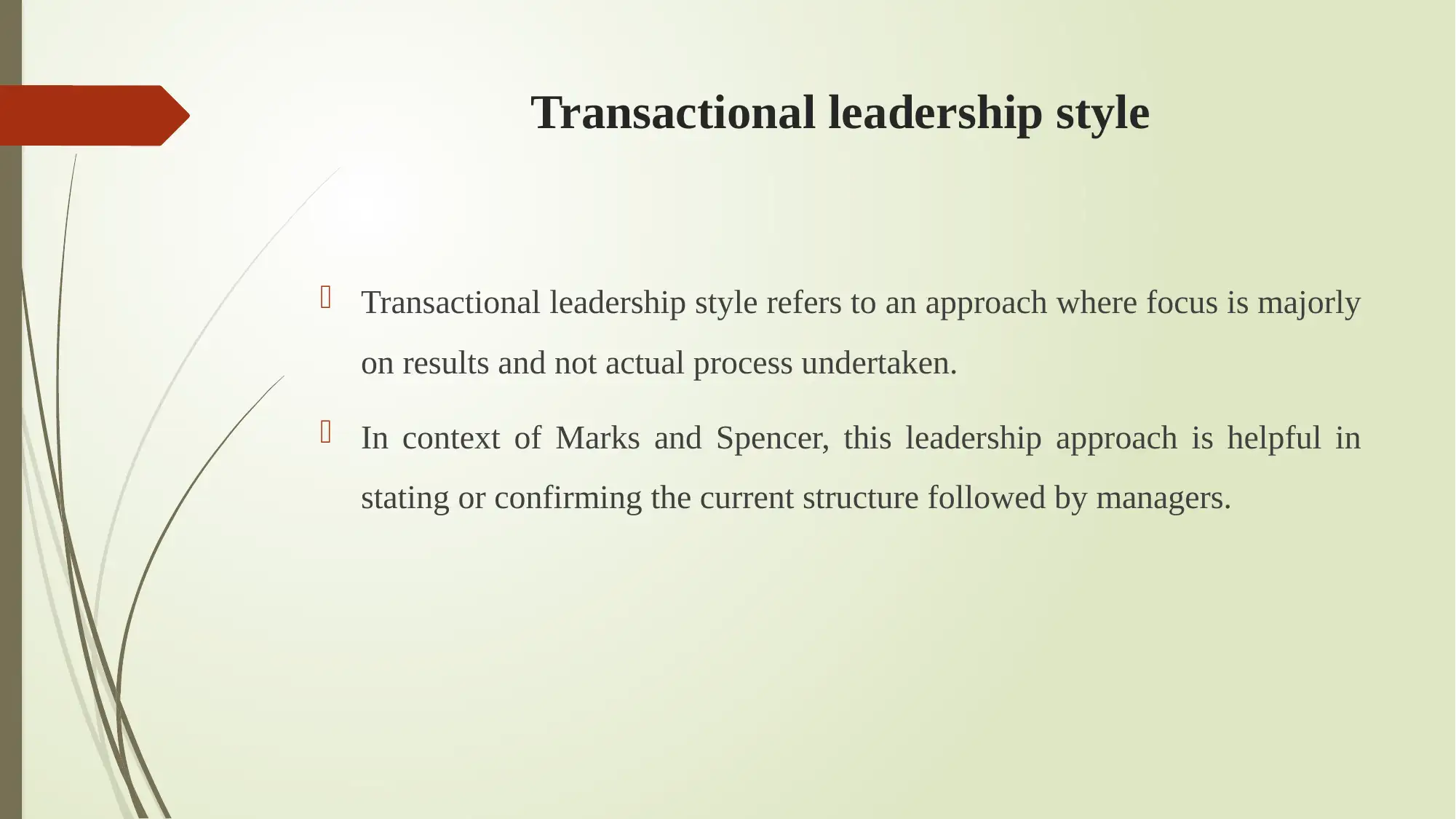
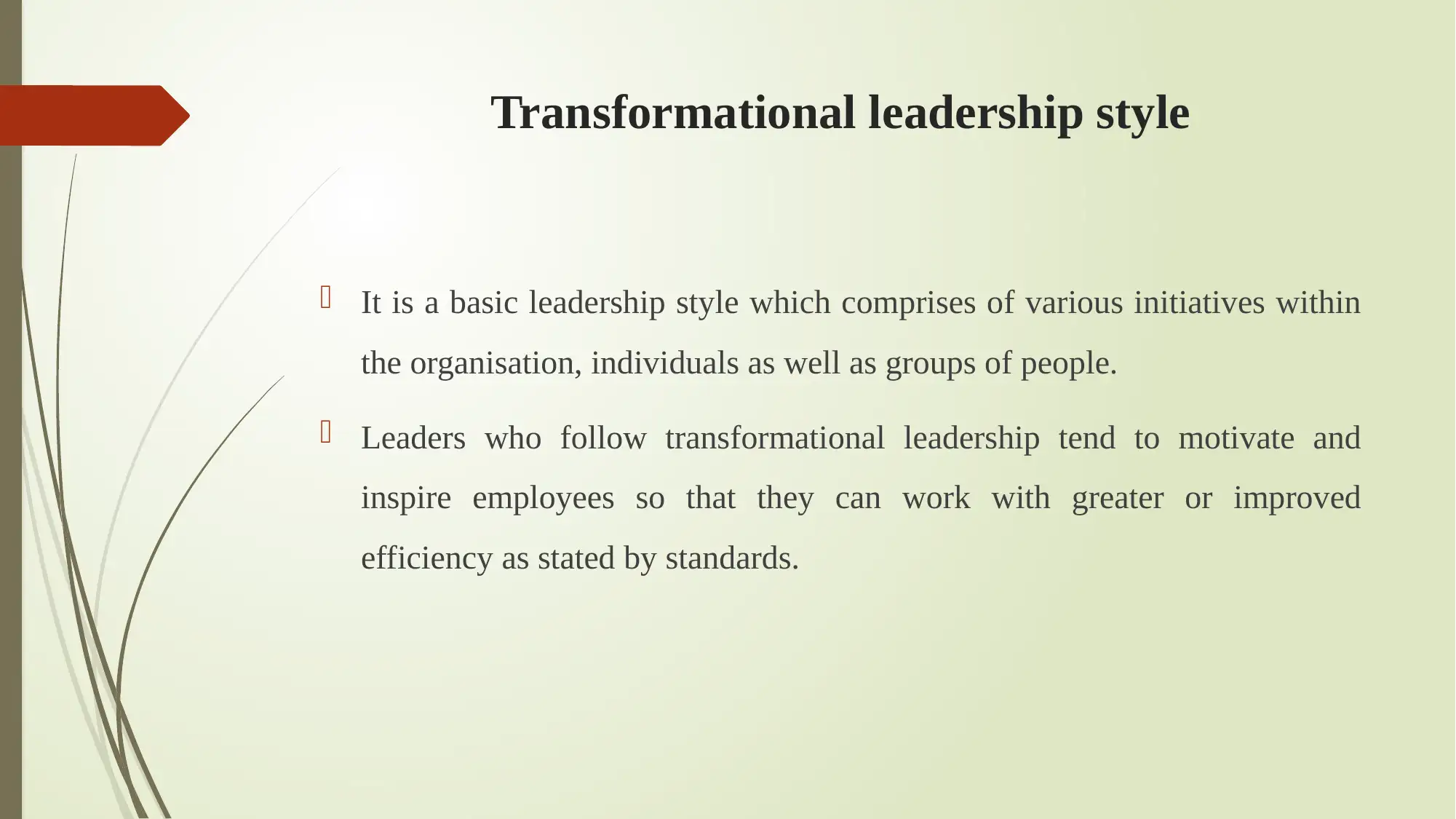
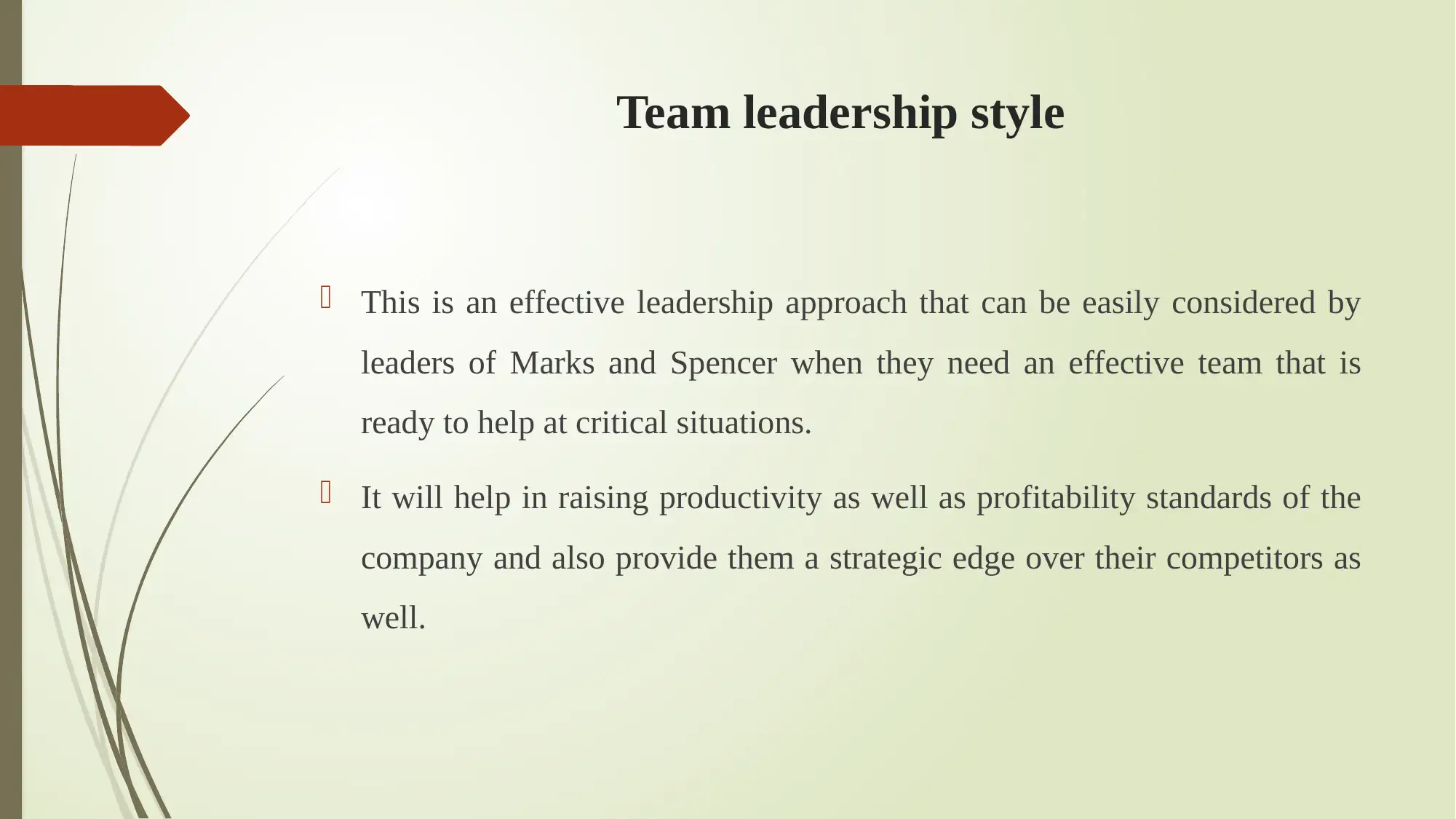
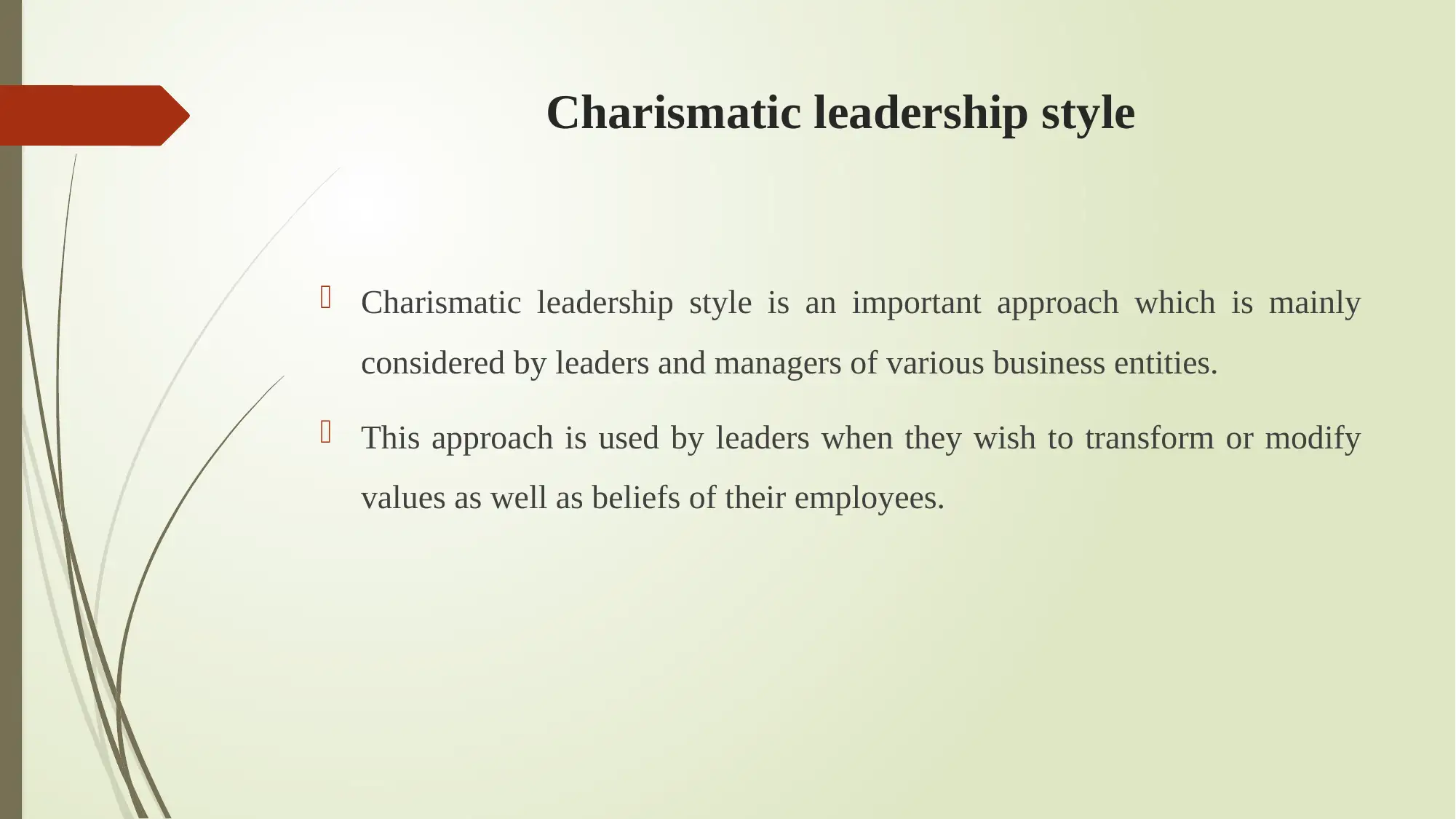
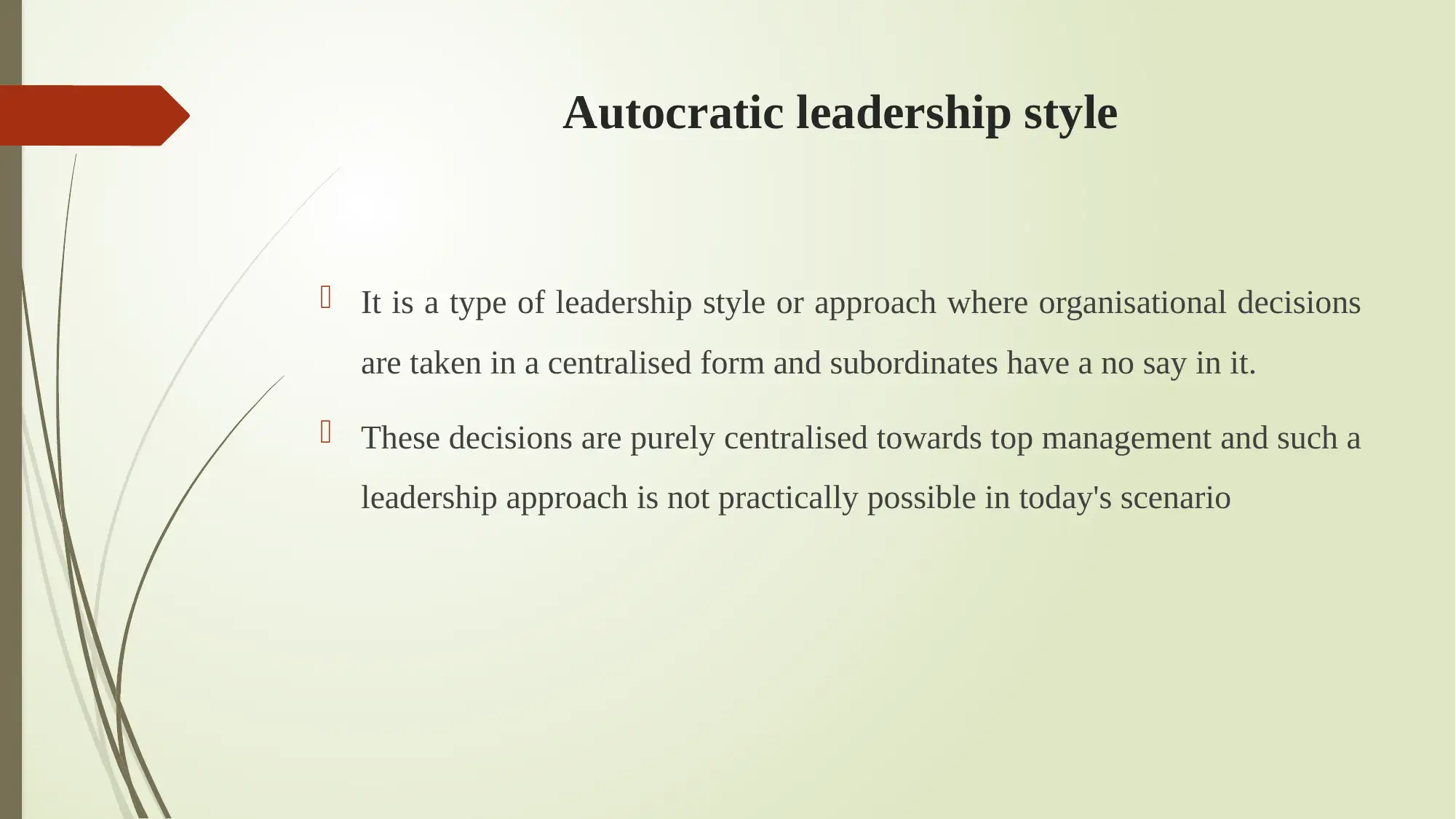
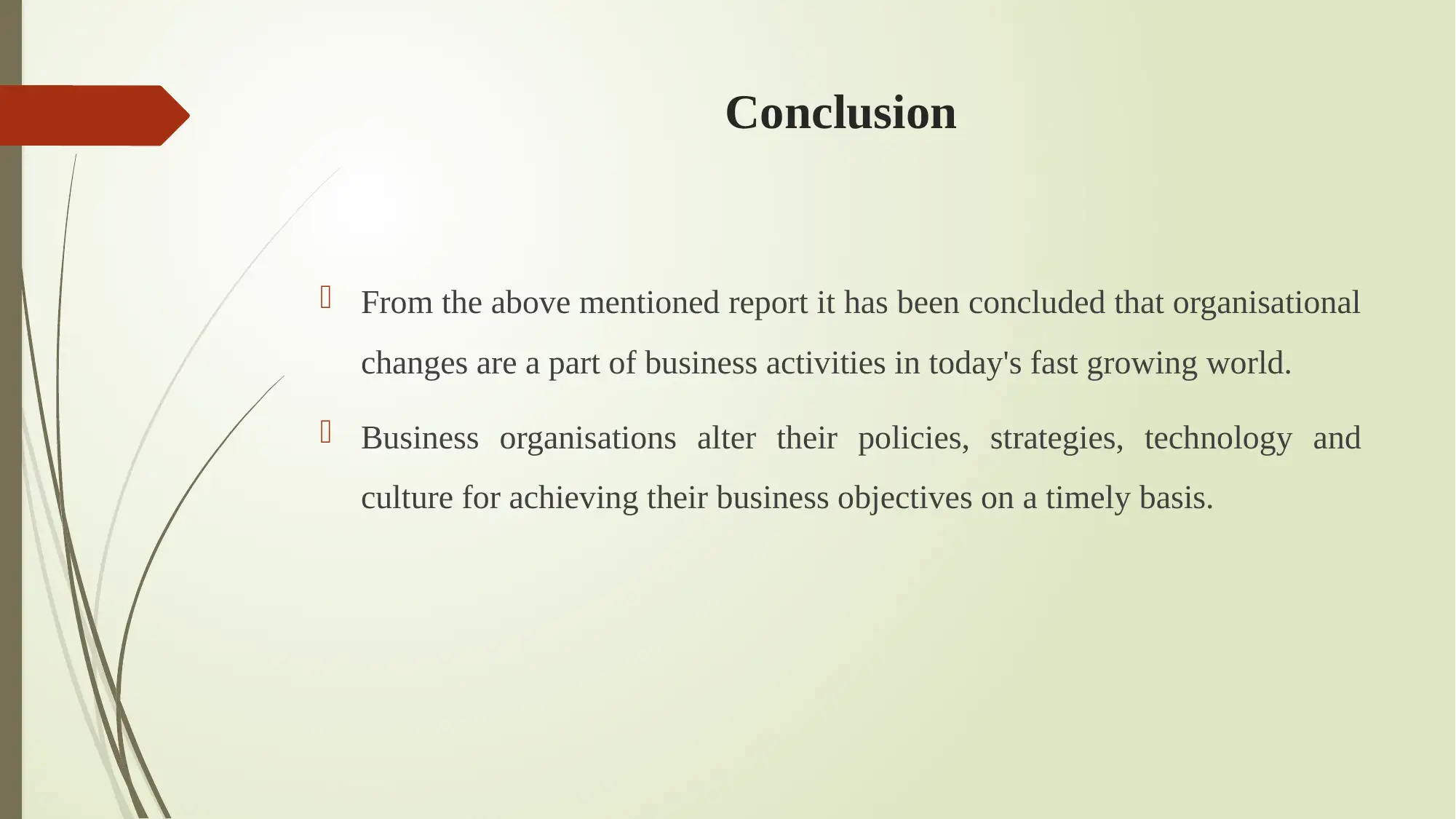






![[object Object]](/_next/static/media/star-bottom.7253800d.svg)